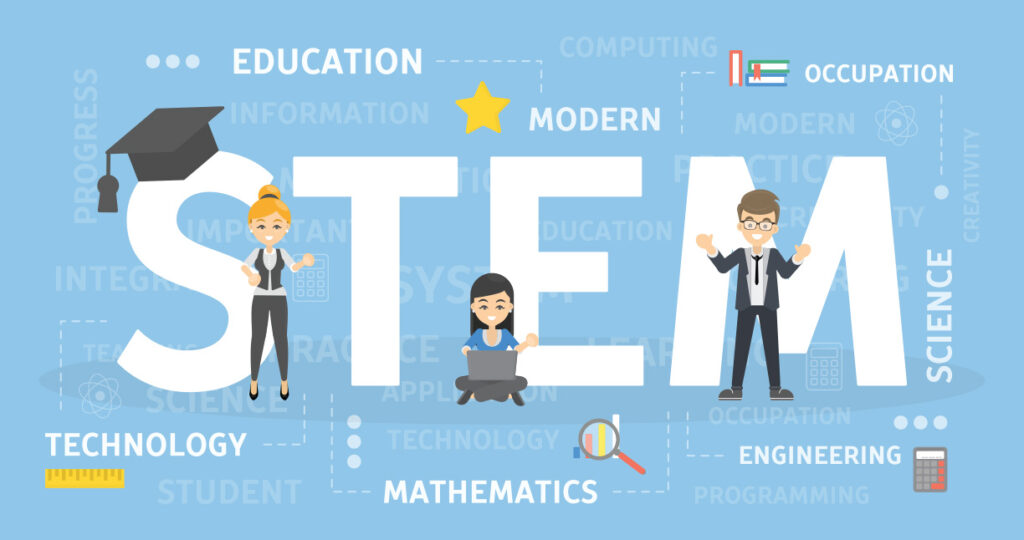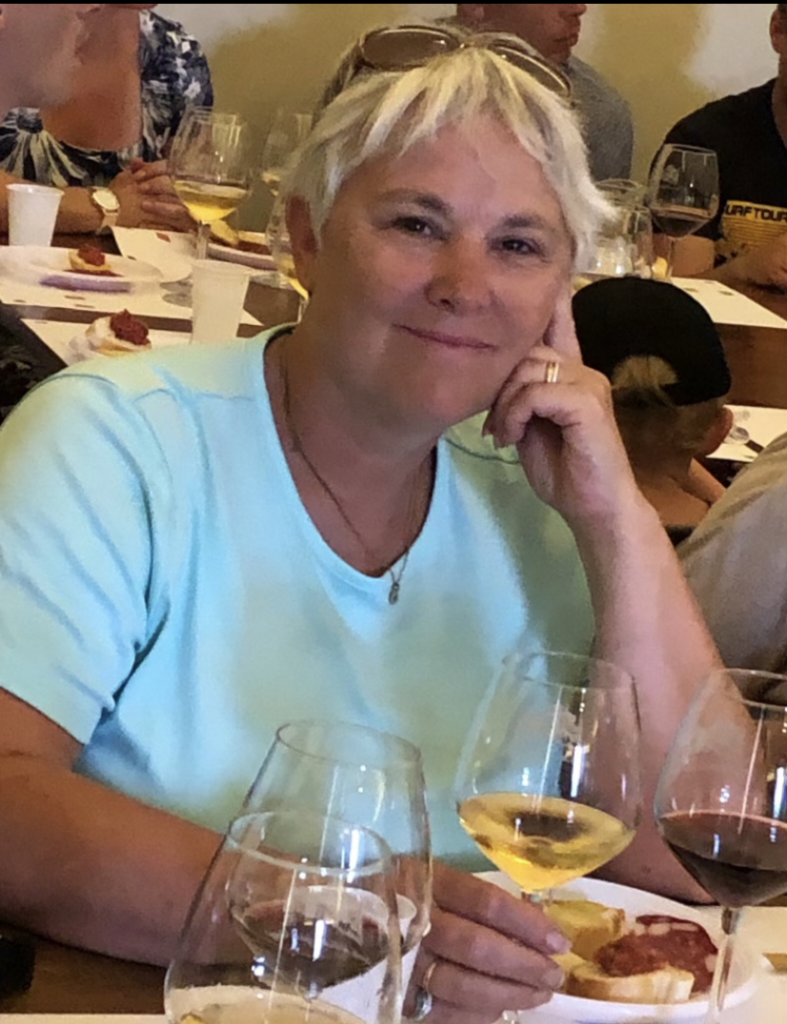STEM in Schools: Opportunities for All

Students are curious by nature. It’s only beneficial to take advantage of this curiosity and allow students to explore different topics, solve problems, and challenge themselves academically. One avenue for students to explore these curiosities is through STEM (Science, Technology, Engineering, and Math). All relevant in the world past school, students can become enriched by their curiosity, and get inspired to solve problems using skills like communication, teamwork, and critical thinking.
“Education at all levels in science, technology, engineering, and mathematics—STEM—develops, preserves, and disseminates knowledge and skills that convey personal, economic, and social benefits. Higher education provides the advanced work skills needed in an increasingly knowledge-intensive, innovation-focused economy and society,” according to the National Science Foundation.
STEM jobs are always growing, and STEM in schools creates opportunities for students to get better jobs in the future and learn important skills they need to grow as free thinkers and problem solvers. The U.S Department of Commerce noted how STEM jobs are increasing and are a better option for many students in the future, providing better-paying jobs and a multitude of different opportunities. It also provides students with a creative outlet in order to create and solve problems they are passionate about and have a voice in large projects that can benefit people all around the world.
Megan Rader is a teacher in the Scientific Research Program through SUNY, which she has taught for 10 years. She also has a master’s in Science Education and taught Biology and Chemistry for 38 years. She is now working in Manchester as a Chemistry teacher for Manchester Community College.

“All students are naturally drawn to what’s happening all around them. Some students like environmental science because they might be able to find answers to current issues facing our planet. They want to help. Other students are dismayed by medicine’s inability to save some people’s lives and they want to help.” Rader said. “Then there are those students who have a desire to build something new and better, for example, a prosthetic arm. By having a strong focus on STEM classes in schools, we can nurture that curiosity and keep them interested in school.”
One of Rader’s current focuses is highlighting local scientific research program opportunities within the Manchester community. By having science research and other STEM courses available for students, they become better prepared to investigate their curiosities.
“If we don’t feed their curiosity, they will be lost to us,” Rader said. “We will miss an opportunity to make a difference in this world. In the science research class, it was amazing to watch students discover new information and isolate their field of interest…STEM programs can help do just that.”
Jessica L. Williams is a Knowledge Manager for Learning and Development at mmhmm, a video communication company. Prior to that, she was a Tech Integration Specialist and co-teacher for the IMS News class for Illing Middle School. As a Google Certified Trainer, Innovator, Sphero Hero, WeVideo Ambassador, and the 2020-21 District Teacher of the Year, she has presented at numerous conferences all over the world on how to effectively roll out and integrate technology in meaningful ways.

“STEM and STEAM really provide students with an outlet for creativity. Furthermore, it helps students develop empathy for their school, community, and the world. By exploring STEM, learners gain insight on how they want to make the world a better place,” Williams said.
Throughout Manchester, there are many opportunities to be a part of STEM year-round. Illing Middle School offers a Robotics Club, as well as a Maker Space filled with tools to create art, music, code, videos, and robots. Manchester High School has a STEM Academy, featuring classes such as Robotics, Auto, and Computer Sciences. MHS also has many opportunities for clubs such as their Environmental Club, Future Health Professionals, Math Team, Tech Student Association, and many more.
One of the larger STEM opportunities in town is the Connecticut Invention Convention. Schools guide students to problem solve, present, and create, as well as hold competitions for students to present their inventions. Students can compete in local, state-wide, and natural competitions, where they can earn patents and meet mentors who can help guide them to help the world with their inventions. Students learn how to take important world issues, solve them, and learn to present ideas to professional judges.
“The Connecticut Invention Convention reaches estimated one-in-four Connecticut students and has already brought innovation programs to nearly 11,000 Connecticut students so far this year,” Nick Briere, the Director of Growth and Outreach for the Invention Convention said. “Invention Convention is about bringing accessibility and flexibility to STEM and innovation. Students choose their own problems. They create innovative solutions to their problems while emphasizing their own passions and skills… The resulting program is one that allows students of all backgrounds to participate and succeed.”
Like this article?
Leave a comment
About Author

I am a college student and am currently working towards my marine biology degree. My goal is to become a shark biologist or do scientific research on the ocean. I previously published a children’s book titled “Our Beautiful World” to encourage kids to be curious and appreciative of the environment and the people around them. I currently run @prjectfin on Instagram where I educate and create posts on important topics about our planet. My hope is to encourage others to get educated, do better for our planet and maybe even impact the world for a better future.
- Fun Fact #1 I do taekwondo in my free time.
- Fun Fact #2 I have over 13 plants in my room the biggest one being the Monstera.
